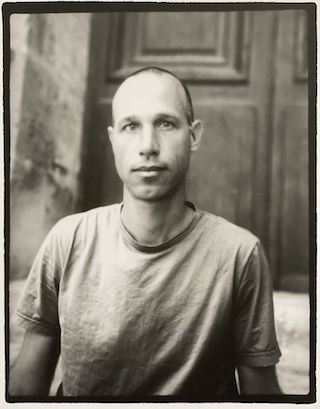About me
How I got here

My practice is grounded in human-centered design because I believe in the impact of design. I'm a happy hybrid between UX designer and visual designer, though more of a structuralist than a visual stylist. I love books per se and reading about design in particular, interested in learning practices and methods how to improve the participatory aspects of design. Away from work, I'm a family person with a passion for cooking, football, and Yoga.
After graduating from High School, I searched for practical experience in aesthetics and creativity. I discovered the internet and the electronic arts. At the time, the internet held the promise of an immeasurable virtual library, and of a place where anyone could take part. For this reason, I decided to study the language of New Media at the University of Arts. By playing with software and code, and grappling with the waywardness of the medium, I learned that meaning arises through use. Technology not only serves as a means to an end but also produces culture. I became interested in how interaction design and ergonomics can solve practical problems, and joined a design agency.
I practiced making content and function accessible and easy to use and became adept in the representation and manipulation of information. I mastered the design process – to start broad and vague, then iteratively define and refine the details. A major part of the agency work meant executing the craft of design to supply the client’s demands – but I had always felt that design goes beyond the user interface. I wanted to become more engaged in problem definition so that I could apply design thinking to business problems. I joined a UX consulting agency.
As a user experience consultant, I gathered user needs and translated them into functional requirements. I validated design concepts through testing with end users. Many consulting mandates ended with a functional business concept, before the software's implementation. But product development relies on execution, which no specification can define completely upfront. Neither is a software product or service finished after the first release. I missed a sense of ownership, and the sweating of details to bring a product to life. In addition, I missed the opportunity to continuously measure and correct, release after release. I ventured into product design, to take over long-term care, and joined a software company.
As a product designer, I try to continuously evolve the product. I focus on the users to identify their needs, prioritise the problems to solve, and define the solution, looking for outcomes instead of output. I’m facilitating teams in user experience activities, such as user testing, or design sprints, believing in the creative formula of 1 + 1 = 3.
This is the path I'm following, approaching new situations with a beginner's mind and trying to eliminate my designer’s bias from creation. ¶